In today's field of network signal transmission, Ethernet cables and optical fibers undoubtedly play a pivotal role. They act as highways of information, carrying massive amounts of data racing through the virtual world. However, for many professionals in the low-voltage industry, the issue of cable transmission distance is always a focal point of concern. After all, we come into intimate contact with these cables every day, and only by understanding them thoroughly can we navigate various projects with ease. Let's delve into what Ethernet cables and optical fibers are, and also explore the commonly used cable transmission distances.
Ethernet Cables
Fiber Optic Cables
Ethernet cables, commonly referred to as twisted pair cables, are actually data transmission mediums meticulously woven from numerous pairs of wires. Their uniqueness lies in the fact that different specifications of Ethernet cables possess varying transmission capabilities, corresponding to specific transmission distances. Imagine Ethernet cables shuttling network signals through space; once they exceed their maximum distance limits, the once clear signals gradually weaken, akin to weary travelers on a long journey. More seriously, when this attenuation reaches a certain level, network signals may even suddenly drop, as if an invisible barrier obstructs the flow of information.
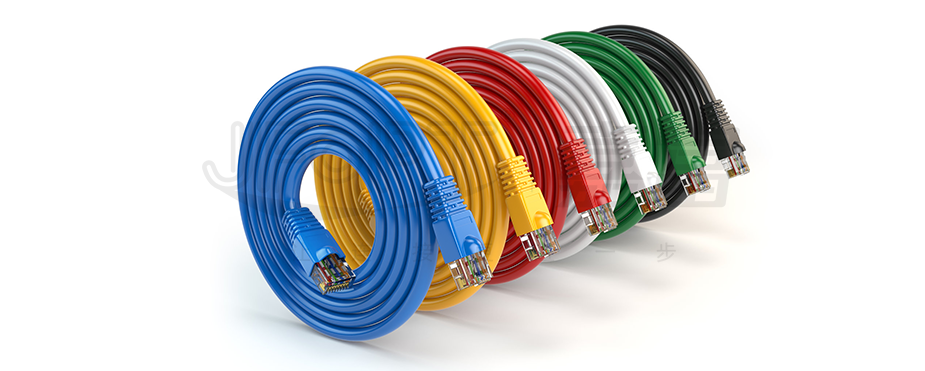
While Ethernet cables do have transmission distance limitations, for data transmission tasks that require spanning longer distances, fiber optic cables become an ideal choice. Fiber optic cables, meticulously crafted from glass or plastic fibers, resemble highways of light, specifically designed for conveying optical signals. Their transmission principle is based on 'total internal reflection of light,' ensuring efficient and stable propagation of light signals within the fiber optic cable.
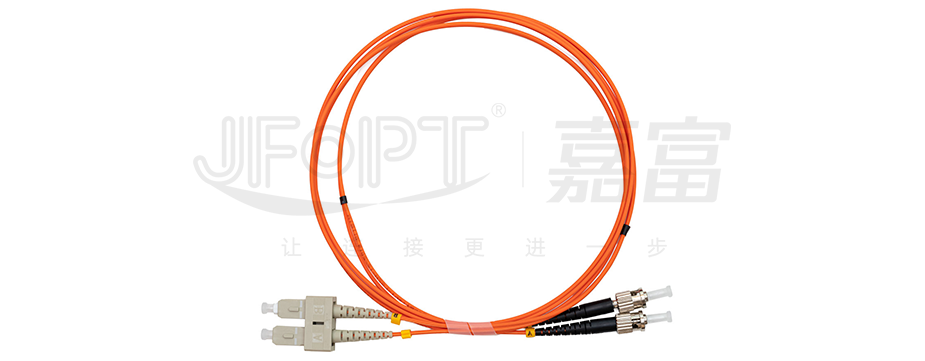

Fiber optic cables are mainly divided into two types: multimode and single-mode. Although multimode fiber optic cables have significantly improved transmission distances compared to Ethernet cables, they still have shorter transmission distances compared to single-mode fiber optic cables. In 10Mbps and 100Mbps Ethernet environments, multimode fiber optic cables can support transmission distances of up to 2000 meters; however, in faster 1Gbps Gigabit Ethernet networks, their maximum transmission distance is shortened to 550 meters. Consequently, with the increase in network speeds and transmission demands, the use of multimode fiber optic cables has gradually decreased.
Compared to multimode fiber optic cables, single-mode fiber optic cables demonstrate superior transmission capabilities, supporting longer transmission distances. Whether in a 100Mbps Ethernet environment or a faster 1G Gigabit Ethernet network, single-mode fiber optic cables can reliably support transmission distances exceeding 5000 meters.
The production of single-mode fiber modules is complex, with the number of components used being more than twice that of multimode fiber modules, leading to a relatively higher overall cost of single-mode fiber modules. However, this investment brings significant returns—single-mode fiber modules can achieve astonishing transmission distances of 150 to 200 kilometers. Therefore, when facing remote data transmission demands, such as remote monitoring projects, fiber optics become the ideal solution.
From the above description, we can clearly see significant differences between Ethernet cables and fiber optics in several aspects. Firstly, their materials differ, which directly affects their transmission performance. Secondly, fiber optics transmit signals using light, resulting in significantly faster speeds compared to Ethernet cables. Therefore, many network television and antenna systems now tend to adopt fiber optics as the transmission medium. In contrast, Ethernet cables are more commonly used in telephone line applications.

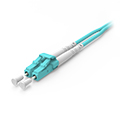
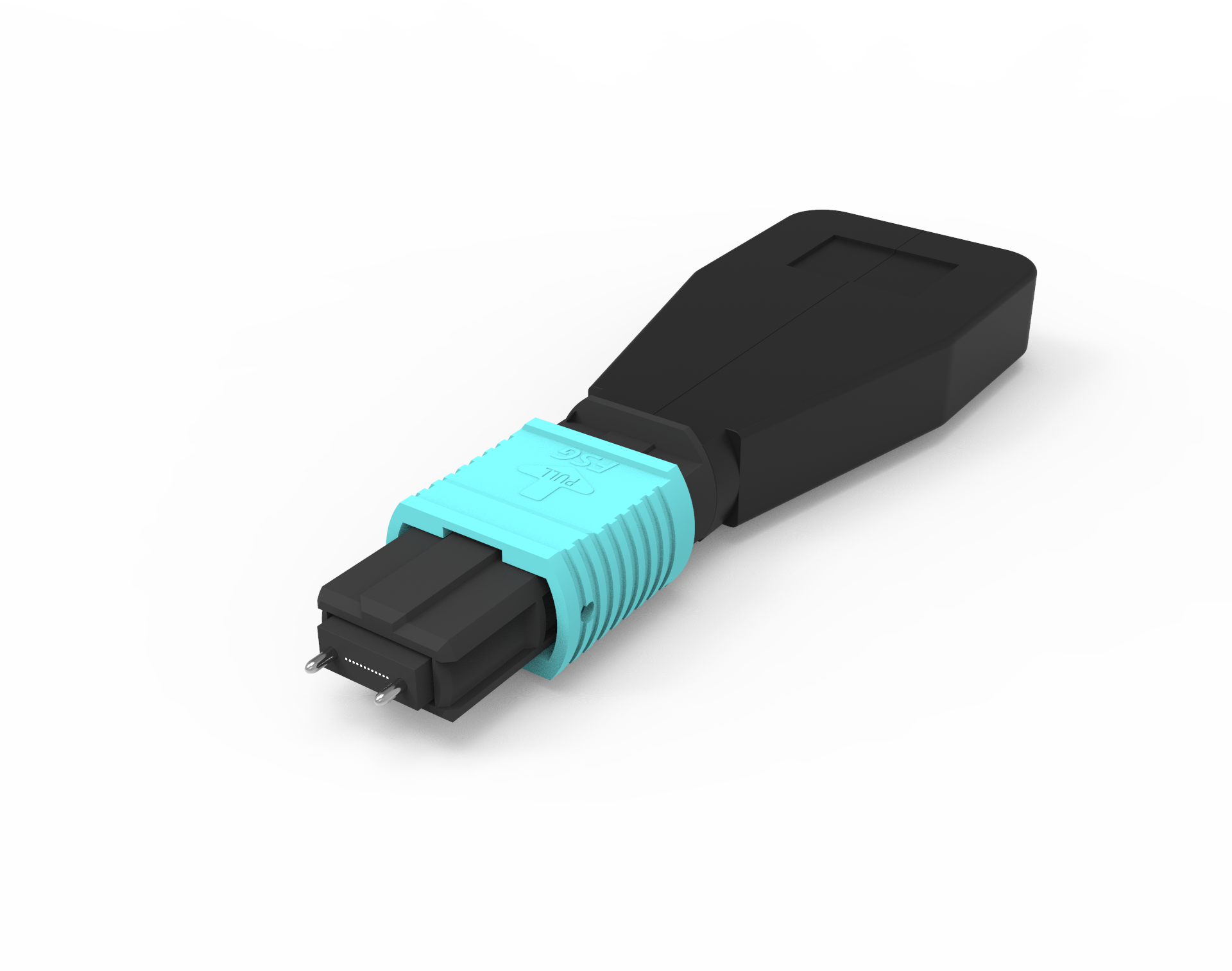
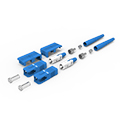
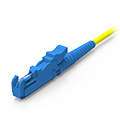

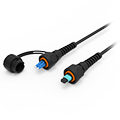
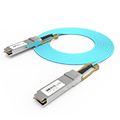
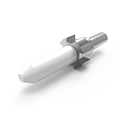
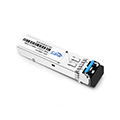
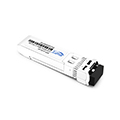

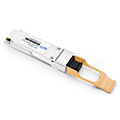
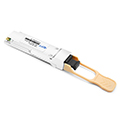

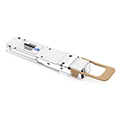
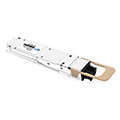
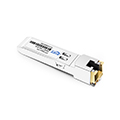
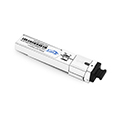

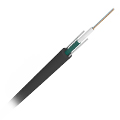
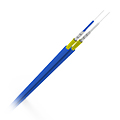


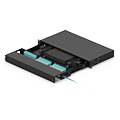
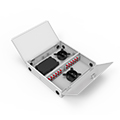
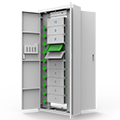
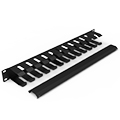
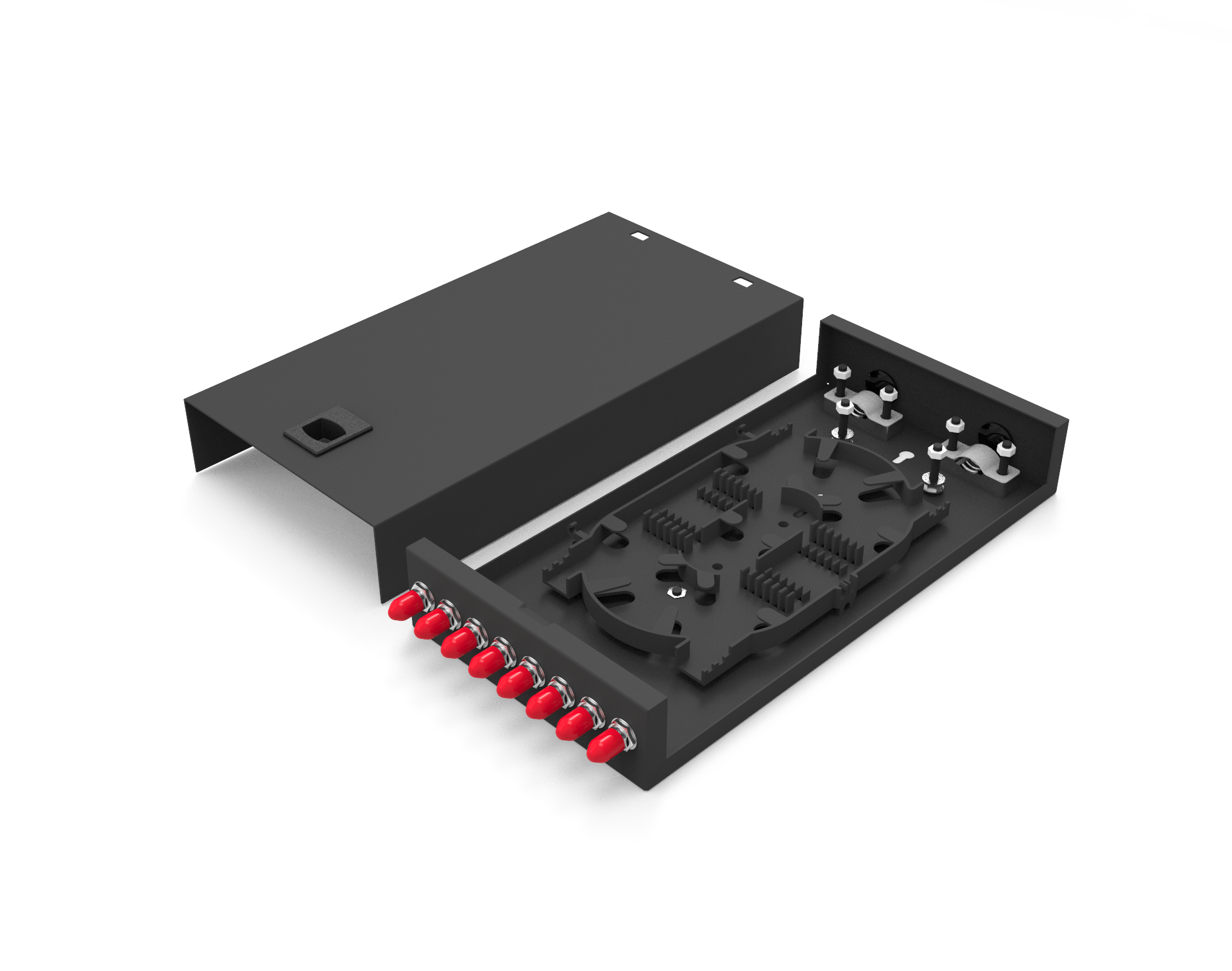
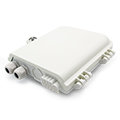
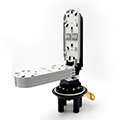
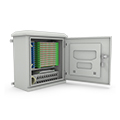
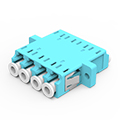

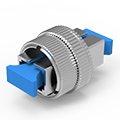

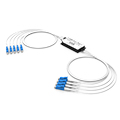
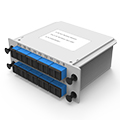

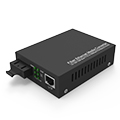
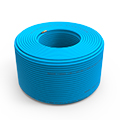
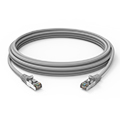
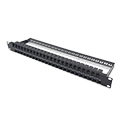
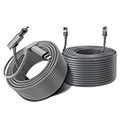
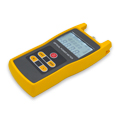
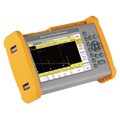
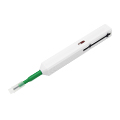
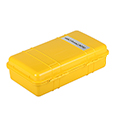
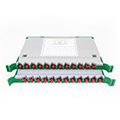
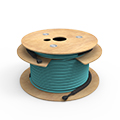



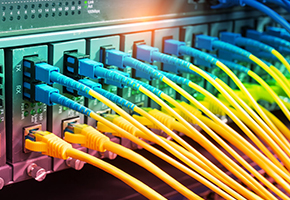














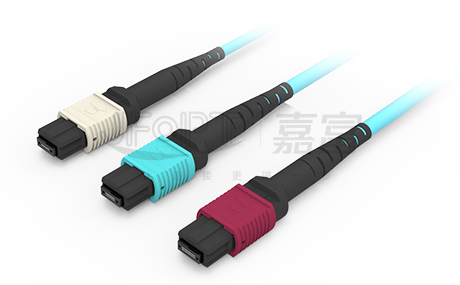
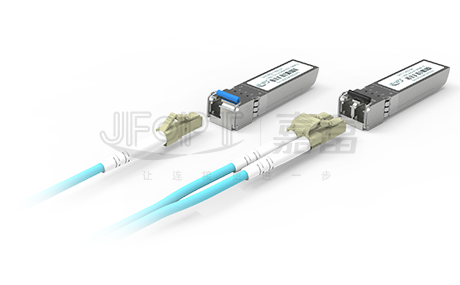
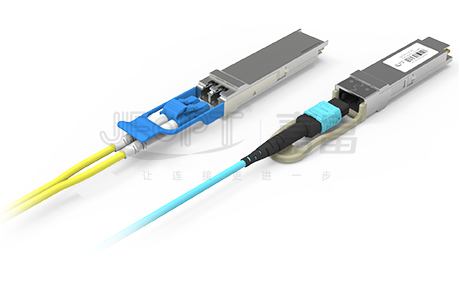
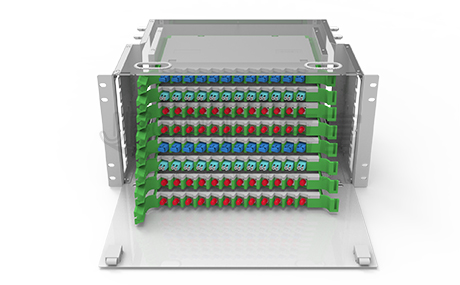
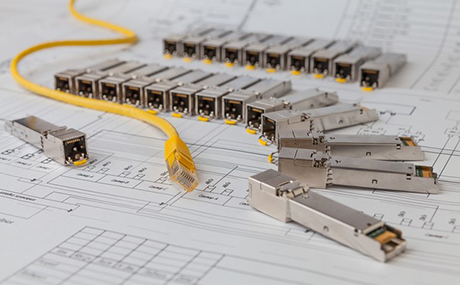
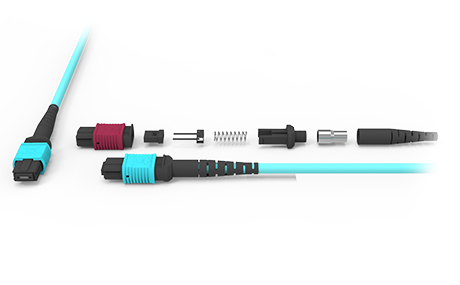
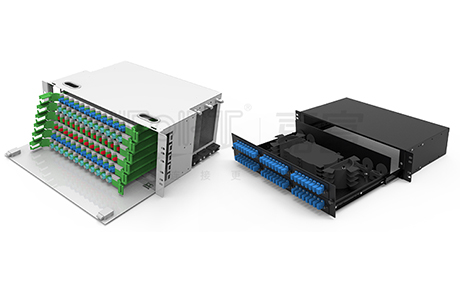
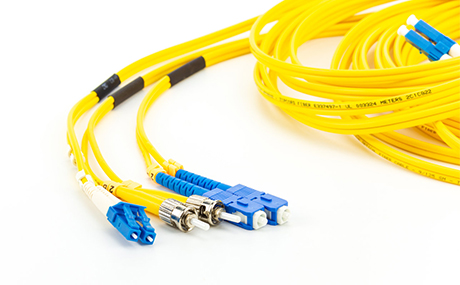
 Ann
Ann












